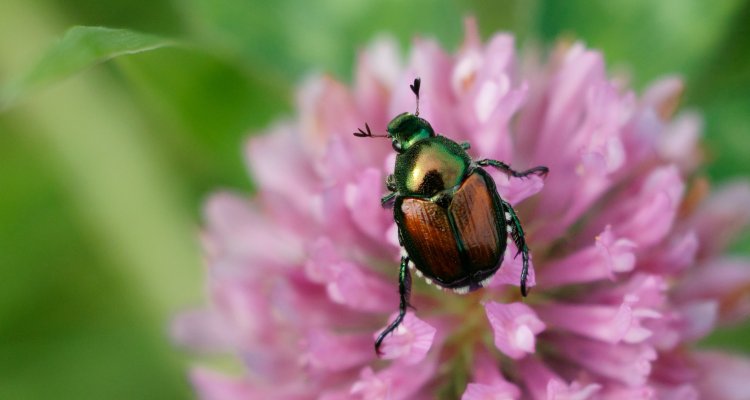
Project
Verbetering vallen
On December 14, 2019, the new Plant Health Regulation entered into force (Regulation (EU) 2016/2031). Part of this is that surveys must be carried out for q-organisms. For insects, (specific) traps can greatly contribute to detection. The problem with these traps is the high by-catch of other insects. This project looks at improving traps for the Japanese beetle (Popillia japonica).
The new Plant Health Regulation entered into force on 14 December 2019 (Regulation (EU) 2016/2031). Part of this new legislation are the priority organisms, quarantine organisms for which, because of their potential impact for the EU, additional preventive measures apply, including carrying out an annual survey. In general, the chance of early detection, detection at a time when eradication is still feasible, of these organisms is small. It is therefore of the utmost importance to optimize surveys.
For insects, (specific) traps can greatly contribute to detection. For example, the NVWA uses traps for the detection of various insects, including the Japanese beetle (Popillia japonica) in places where the chance of introduction is relatively high. The problem with these traps is the high by-catches of bumblebees (a survey was even canceled in 2019 as a result). The traps can possibly be optimized by adjusting color and attractants: attractive for the Japanese beetle and little or no bycatch of bumblebees (Sipolski et al., 2019).
The combination of smell, color and shape determines the attractiveness of a trap for insects. A good trap is attractive to the target pest, but attracts and/or captures as few non-target insects as possible. Traps for quarantine pests have been developed and optimized in areas where the pest occurs, but are now used in a very different environment, such as Dutch orchards, with a different natural fauna. The result is an often large, unwanted bycatch of pollinating insects and other non-target organisms.
In this project traps are optimized in such a way that they give less bycatch, without becoming unattractive to the target insects. A start is made with the selection of alternative trap types on the basis of a literature study and inventory at fellow institutes in the distribution areas of the pests. Then trap types, scent and color combinations are selected that are attractive to the target insects (based on experiences elsewhere). These are tested under Dutch conditions for their selectivity, ie unattractiveness, for non-target organisms. The effect on bycatch is tested in locations where the non-target organisms are abundant and where the pest poses a threat, namely in Dutch orchards. Primary pests: Popillia japonica